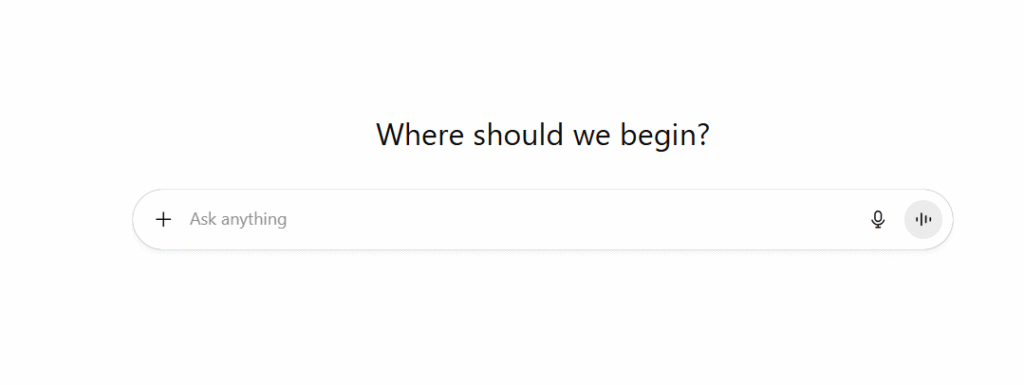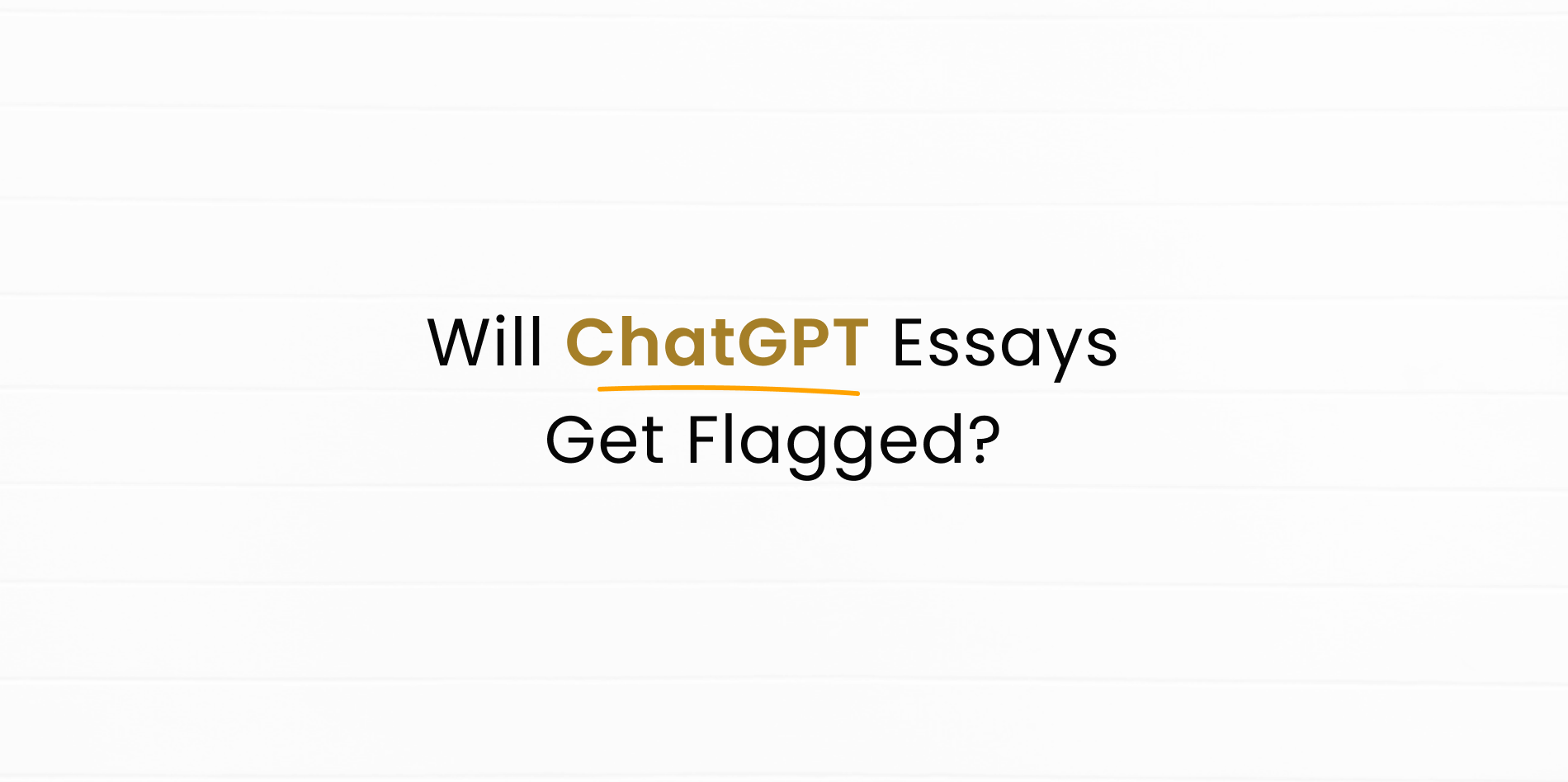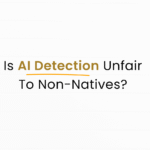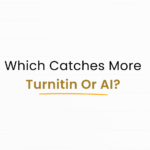Introduction
ChatGPT essays plagiarism is a common concern among students and educators. Many wonder if content generated by ChatGPT can bypass traditional plagiarism checkers. Understanding how AI writing detection works is essential for ensuring originality and knowing whether detect AI text tools can flag ChatGPT-generated essays.
Modern plagiarism tools, combined with AI detection, analyze sentence patterns, phrasing, and similarities with existing sources. This helps maintain academic integrity and prevents students from submitting AI-generated work as fully original.
How ChatGPT Essays Are Evaluated by Plagiarism Tools
Plagiarism tools examine text for:
- Direct copying: Checking against published content online.
- Paraphrasing: AI-generated content may be flagged if it closely resembles sources.
- Sentence structure patterns: AI content sometimes shows uniform phrasing, which can trigger AI writing detection.
Using tools like KreativeSpace plagiarism checker ensures that ChatGPT essays plagiarism is accurately assessed and originality is verified.
AI Writing Detection and ChatGPT
AI writing detection tools are designed to spot patterns in AI-generated text. Even if ChatGPT creates unique content, detectors analyze:
- Repetition of phrases
- Predictable sentence structure
- Word choice and grammar consistency
Platforms like KreativeSpace AI Detector can detect AI text effectively and give a confidence score on whether content was generated by ChatGPT or written by a human.
Can ChatGPT Essays Avoid Plagiarism Tools?
In practice, ChatGPT essays plagiarism may not always bypass detection because:
- AI may inadvertently mimic phrasing found online.
- Plagiarism checkers detect similarity even in paraphrased text.
- AI writing detectors specifically look for ChatGPT patterns.
Even highly original AI content can be flagged if it matches sentence patterns commonly produced by ChatGPT or other AI models.
Tips to Ensure Originality in ChatGPT Essays
To reduce risks of ChatGPT essays plagiarism:
- Review and edit AI-generated content with KreativeSpace paraphraser to improve originality.
- Check grammar and clarity with KreativeSpace grammar checker.
- Run content through KreativeSpace plagiarism checker to verify uniqueness.
- Use KreativeSpace AI Detector to confirm that AI-generated text is clearly identified.
These steps maintain academic integrity and minimize the risk of plagiarism flags.
Limitations of AI Detection
While AI detection accuracy is improving, it is not flawless:
- Edited AI text can sometimes evade detection.
- False positives may occur if human-written text resembles AI patterns.
- Mixed content (human + AI) can complicate results.
Combining multiple tools and human review ensures a fair assessment of ChatGPT essays plagiarism.

Outbound Reference
According to Turnitin, AI-generated essays can trigger plagiarism detection even if content is unique, emphasizing the importance of evaluating ChatGPT plagiarism carefully.
The Decider
In conclusion, ChatGPT essays plagiarism is a real concern, and AI-generated content may not automatically avoid plagiarism tools. Using KreativeSpace AI Detector, KreativeSpace plagiarism checker, KreativeSpace grammar checker, and KreativeSpace paraphraser ensures accurate detection of AI-generated text and preserves acIn conclusion, ChatGPT plagiarism is a real concern. AI-generated essays may be detected by plagiarism checkers or AI writing detectors. Using KreativeSpace AI Detector, KreativeSpace plagiarism checker, KreativeSpace grammar checker, and KreativeSpace paraphraser ensures originality while maintaining academic and professional integrity.
Students and educators should understand AI writing detection to responsibly use ChatGPT while avoiding plagiarism risks.



